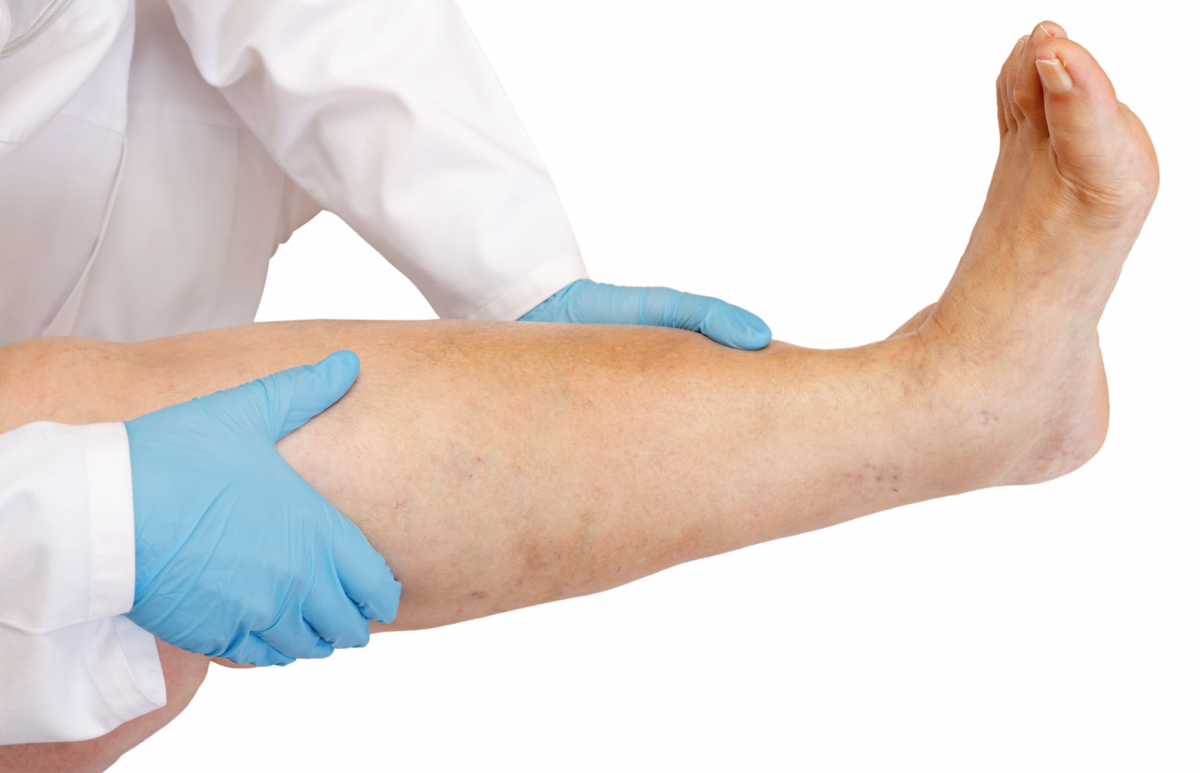What Is Peripheral Vascular Disease?

Peripheral Vascular Disease, or PVD as they call it, is a condition involving the circulatory system that affects the blood vessels that are outside the brain and the heart. PVD normally develops in the veins and arteries of the extremities namely the arms and legs. It also develops in the organs located below the stomach. These are what is called the peripheral vessels, or the blood vessels that are away from the heart.
One of the main characteristics of PVD is the narrowed blood vessels. When there is narrowing of these vessels, arteriosclerosis is usually present. Arteriosclerosis is a condition in which plaque and fatty deposits build up inside the vessels, which is also called the hardening of the arteries. When this happens, the supply of blood and oxygen significantly decreases leading to various problems.
Furthermore, plaque buildup and hardening of arteries also lead to blood clotting problems. A person who has buildups is at risk of developing clots, which may further obstruct passageways. This then significantly changes the flow of blood, or lack thereof.
There are some terms to consider, especially with this condition. PVD that develops mainly in the arteries is called peripheral arterial disease, or PAD, which is also the most common form of PVD. DVT or deep vein thrombosis is another form, which develops in the deeper veins in the body and is normally caused by what is called claudication.

Peripheral Vascular Disease is often synonymous with peripheral artery disease. It is to be noted that PVD is the most typical condition or disease of the arteries.
As with all diseases, some people are more at risk or prone to developing this condition. PVD is most likely to occur in people over the age of 50. It is one of the leading causes of disability in people within this age range, especially those with diabetes. This condition is also deeply associated with smoking; so smokers have a higher risk of developing it. If you combine diabetes and smoking, your chances will be even higher. A great lifestyle change is needed if you suffer from PVD.
Sometimes, people who have the condition don’t even have symptoms. If you do experience even mild development of symptoms, you must consult your doctor immediately. With this, your health care provider can give you the best option for treatment. This includes medication, lifestyle changes, and sometimes surgery.
http://www.emedicinehealth.com/peripheral_vascular_disease/article_em.htm
http://www.medicinenet.com/peripheral_vascular_disease/article.htm
https://www.heart.org/idc/groups/heart-public/@wcm/@hcm/documents/downloadable/ucm_300323.pdf
http://www.healthline.com/health/peripheral-vascular-disease#Overview1
